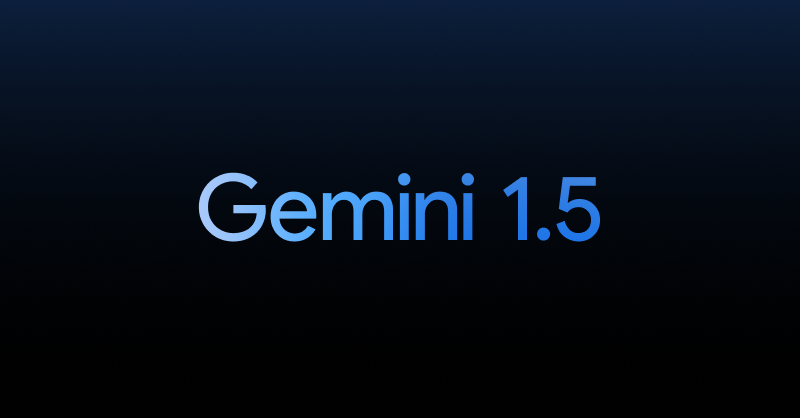Introducing Gemini 1.5 By Demis Hassabis, CEO of Google DeepMind, on behalf of the Gemini team This is an exciting time for AI. New advances in the field have the potential to make AI more helpful for billions of people over the coming years. Since introducing Gemini 1.0, we’ve been testing, refining and enhancing its capabilities. Today, we’re announcing our next-generation model: Gemini 1.5. Gemini 1.5 delivers dramatically enhanced performance. It represents a step change in our approach,… Source link
Read More »Introducing DevOpt: A Multifunctional Backdoor Arsenal – Security Boulevard
[unable to retrieve full-text content]Introducing DevOpt: A Multifunctional Backdoor Arsenal Security Boulevard Source link
Read More »Honda is introducing its first Android Automotive car with Google built-in
Command your 2023 Accord Touring with Assistant Android Auto and Apple CarPlay are quite effective at smartifying your car’s infotainment system and bringing the familiarity of your smartphone OS to your commute. Android Automotive takes things a step further, letting your car run Android OS natively. Honda initially planned to introduce cars with AAOS in 2022, but it looks like things will finally kick off next year, as the car-maker confirms plans for the… Source link
Read More »Introducing Beta of userver, an Open-Source Framework for Creating Microservices | by Antony Polukhin | Yandex | Jul, 2022
Today we’re announcing that userver, our framework for building high-load applications, has made it to open source. This is an important way for us to share the experience we’ve accumulated developing microservices. If you follow this link to GitHub, you’ll find a repository with source code, documentation, examples, a template for creating your own services (with configured CI, a build, and a test environment), and a dynamic config service. Everything is published under the Apache 2.0… Source link
Read More »Introducing Beta of userver, an Open-Source Framework for Creating Microservices | by Antony Polukhin | Yandex | Jul, 2022
Today we’re announcing that userver, our framework for building high-load applications, has made it to open source. This is an important way for us to share the experience we’ve accumulated developing microservices. If you follow this link to GitHub, you’ll find a repository with source code, documentation, examples, a template for creating your own services (with configured CI, a build, and a test environment), and a dynamic config service. Everything is published under the Apache 2.0… Source link
Read More »Introducing Beta of userver, an Open-Source Framework for Creating Microservices | by Antony Polukhin | Yandex | Jul, 2022
Today we’re announcing that userver, our framework for building high-load applications, has made it to open source. This is an important way for us to share the experience we’ve accumulated developing microservices. If you follow this link to GitHub, you’ll find a repository with source code, documentation, examples, a template for creating your own services (with configured CI, a build, and a test environment), and a dynamic config service. Everything is published under the Apache 2.0… Source link
Read More »Google introducing a feature in Chrome 90 to create links to highlighted text on a webpage
An upcoming feature in Chrome 90 will allow users to create a link to a section of a website that they’ve highlighted. First launched as a browser extension called Link to Text Fragment last year, Google has now added the feature within Chrome itself. The new feature is still rolling out to users; I wasn’t able to get it to work even after I updated to Chrome 90. But the feature works just like the browser extension did, according to a blog post from Google product manager Kayce… Source link
Read More »


